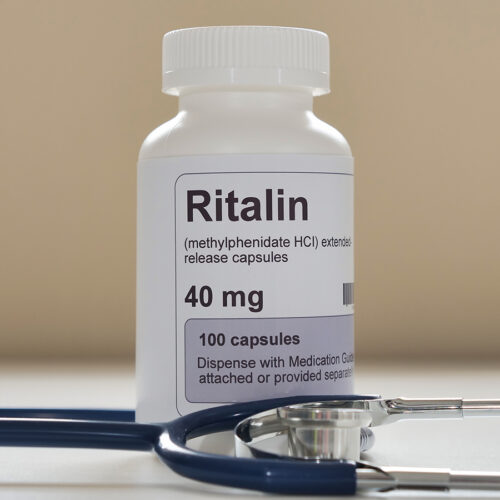What is attention deficit disorder?
ADD is currently categorized in three subtypes:
- ADD Primarily Inattentive
- ADD Primarily Hyperactive/Impulsive
- ADD Combined Type
Of note: ADHD is an attention disorder characterized by inattention, hyperactivity/impulsivity, or both. However, many psychiatric ADD experts do not make specific distinction between ADHD and ADD subtypes.
Related: Clinical Series Episode: Diagnosing and Managing Adult ADD
Is diagnosing ADD in adults different than diagnosing ADD in children?
The DSM-5 lists somewhere between 15 and 20 symptoms to evaluate in patients. The only diagnostic difference between children and adults is the number of symptoms. For an ADD diagnosis, children must demonstrate six or more symptoms, while adults need five or more. [/vc_column_text][/vc_column][/vc_row]
What are examples of the diagnostic criteria?
There are some obvious examples, like feeling unable to stay focused on the task at hand. Other patterns include avoiding projects that require a sustained mental effort, consistently losing things that are important, perpetually interrupting others, and having difficult time waiting in line. [/vc_column_text][/vc_column][/vc_row]
What is cognitive performance testing?
The primary pharmacologic treatment modality for ADD across the age spectrum are psychostimulants, which are schedule II-controlled substances.
Given the potential dangers of controlled substances, many clinicians feel more comfortable with objective testing, much like a blood test or a CAT scan. As a result, experts have developed cognitive performance tests to provide an objective assessment of impulsivity, inattention, or the inability to sit still. These tests have various reliability, testing somewhere around 80-85% of cases that correlate with the clinical diagnosis.
Cognitive performance tests for ADD are computer-based programs that present certain stimuli and then rank or score the patient’s ability to answer appropriately. While this is a newer addition to the world of ADD diagnostics, it can lend some objectivity that the traditional questioning methods might not.
Are there existing risk factors that would predispose someone to ADD?
Experts theorize that a family history of ADD might increase a patient’s risk. Researchers have also drawn correlation between ADD and maternal factors during pregnancy, like maternal smoking, exposure to certain toxins, and premature labor. However, these are not universal rules.
What is the treatment process for adult ADD?
In addition to pharmacological interventions, clinicians may encourage patients to manage environmental factors. For adults, that might involve breaking up the workday into shorter chunks or organizing their space to minimize distractions.
If a clinician is confident in their diagnosis of ADD, however, psychostimulants remain the gold standard. According to all the evidence-based assessments, psychostimulants are one of the most effective pharmacologic approaches for managing adult ADD. On average, clinicians see about a 70% symptom improvement in a typical patient.
What are some medication options?
There are two general categories: methylphenidate and the amphetamine stimulants, more commonly known as Ritalin and Adderall, respectively. Just like Coke and Pepsi, these two drugs are essentially the same, with subtle nuanced differences.
Is there ever a reason to not prescribe a stimulant?
There are three reasons a stimulant might not be the best approach.
- The clinician is concerned about abuse or addiction.
- The patient doesn’t want to take controlled substances.
- The adverse effect profile. While it’s not common, occasionally, a patient will have enough adverse effects that they just don’t want to take it.
If the clinician or patient chooses not to use stimulants, another option is norepinephrine reuptake inhibitors. The first prototype was marketed as Strattera, but there are others out there now. While these pharmaceuticals are rarely abused, the efficacy is about 40% as compared to the 70% of stimulants.
The other option is antiadrenergic agonists, or the Alpha-2 agonists. They also attenuate norepinephrine’s action in the central nervous system and are particularly useful for the hyperactivity side of adult ADD.
Earn CE hours by listening to the Diagnosing and Managing Adult ADD podcast (free with Passport Membership)!






